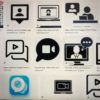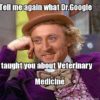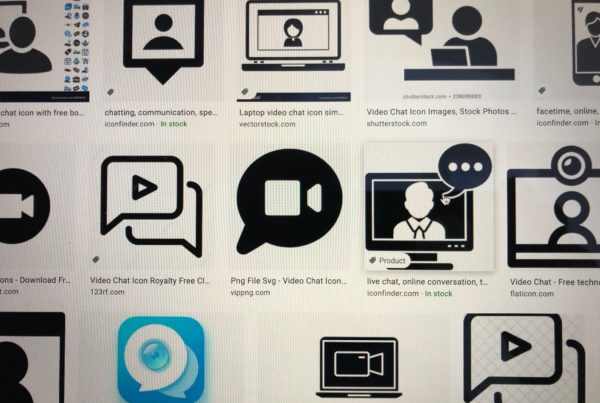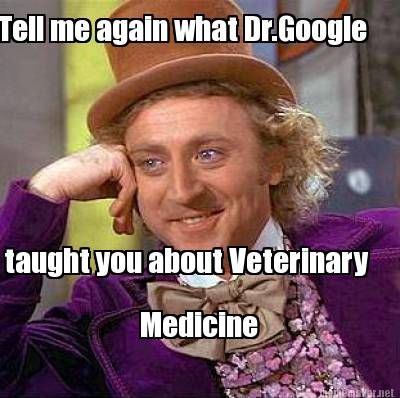Years ago, a patient came to see me for a cosmetic surgery consultation. She was an average-looking girl, neither beautiful nor ugly; a few pimples on her face, a few scars from accidents and an appendectomy on her body. She had brought with her an issue of Playboy or some such “gentleman’s magazine”—I forget which—and opened it to the spread in the middle. There were photos of a pretty girl with a beautiful body, lovely breasts, etc. When I asked her why she was showing me the photos, she said she wanted to look like them! Which is the real body?
I went into a whole monologue about how a plastic surgeon can only try to improve specific areas of the body that need help; how I could make her breasts larger with a saline or silicone breast implant, or do liposuction to remove fat from some areas; that even lasers do not remove scars; but, most importantly, that I could not make her look like anyone else, least of all the girl in the magazine. “But that is me,” she said. She was the model; made-up, hair done and photos retouched—no blemishes, no scars, higher cheek bones, wider jaws, larger breasts, curvier hips.
At the time, and for many years later, I told my story to the amazement of dinner guests. What has our society come to when we want to look like photoshopped images of ourselves? Where is the line between reality and self-image?
Yesterday I saw the video below on YouTube. The technology now exists to “photoshop” a moving body as seen in a film. The muscles of the actor can become larger, the legs of the starlet made longer and her breasts can be made larger by a few clicks. We have all learned and understood how a still image can be manipulated to reveal untruths. Now the last bastion of our sensory-visual verisimilitude has been breached. Now we truly dare “not believe our eyes.” You try it; click here:
http://www.youtube.com/watch?v=zXSj4pcl9Ao








Recent Comments